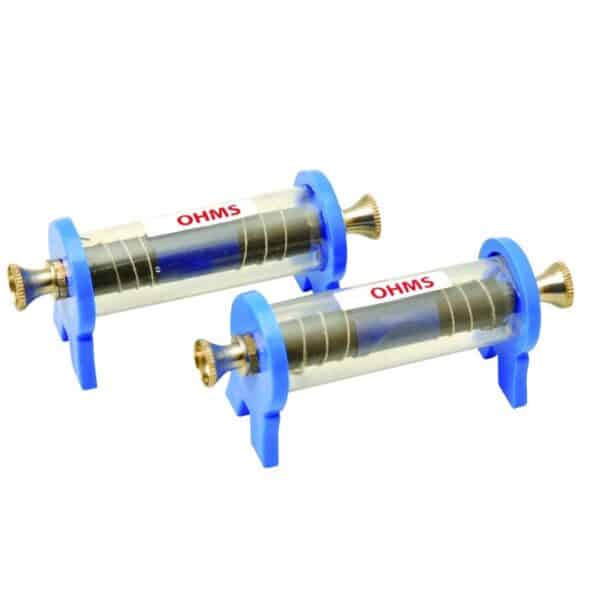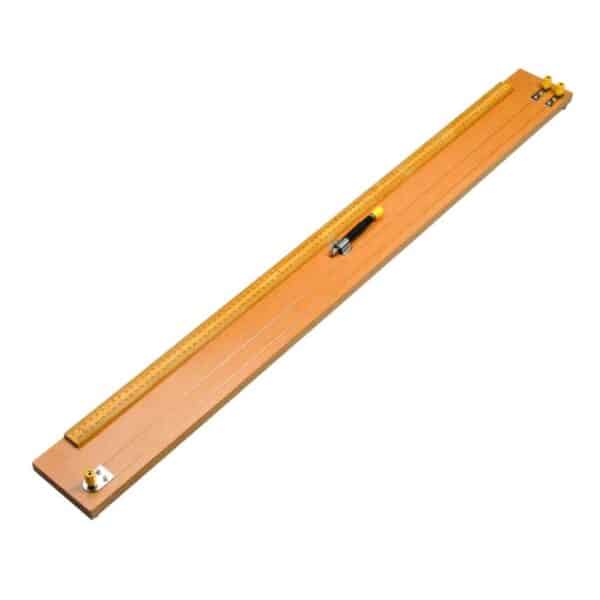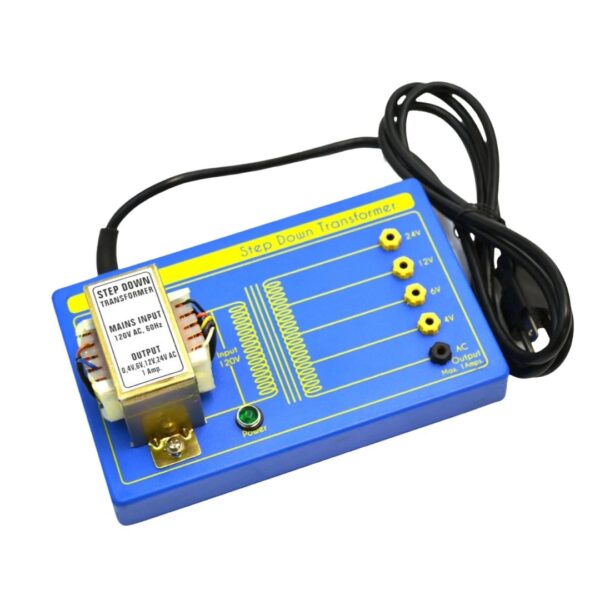-
Pick up from the Samtech Store in Ambala
To pick up today
Free
-
Courier delivery
Our courier will deliver to the specified address
4-5 Days
200+


₹310 (Exc. GST)
To pick up today
Free
Our courier will deliver to the specified address
4-5 Days
200+
Step down transformer
A step-down transformer is a type of transformer that reduces the voltage of an alternating current (AC) power supply. It does this by having more turns of wire in the secondary winding than in the primary winding. The ratio of the number of turns in the two windings determines the voltage ratio between the input and output.
The core of a step-down transformer is made of a ferromagnetic material, such as iron or ferrite. The primary winding is wrapped around the core, and the secondary winding is wrapped around the primary winding. The two windings are not connected electrically.
When an alternating current is applied to the primary winding, it creates a magnetic field in the core. This magnetic field induces an alternating current in the secondary winding. The output voltage of the transformer is determined by the number of turns in the primary winding and the number of turns in the secondary winding.
The formula for calculating the output voltage of a step-down transformer is:
Output voltage = (Input voltage * Number of turns in secondary winding) / (Number of turns in primary winding)
For example, if the input voltage is 220 volts AC and the number of turns in the secondary winding is 10, the output voltage will be 22 volts AC.
Step-down transformers are used in a variety of applications, including:
In stock
No account yet?
Create an Account
SAMTECH INSTRUMENTS
Typically replies within minutes
Any questions related to Step Down Transformer?
🟢 Online | Privacy policy
WhatsApp us

